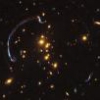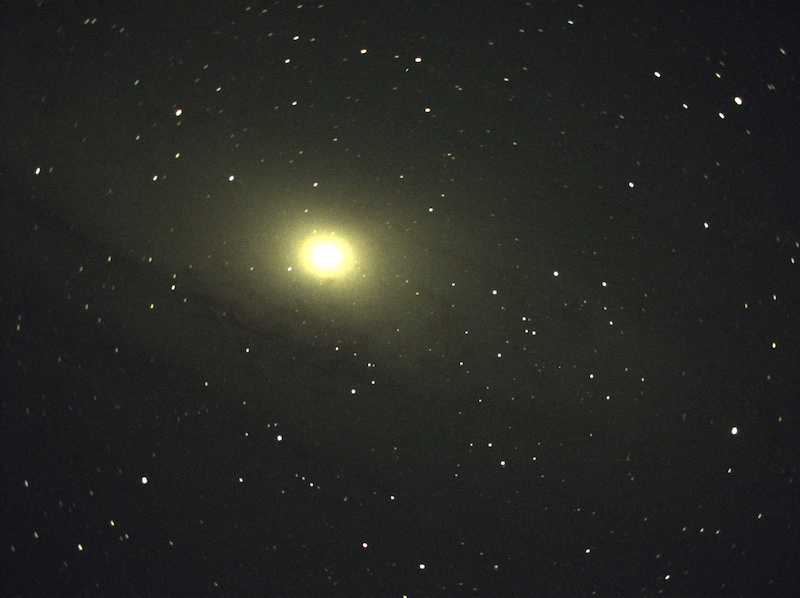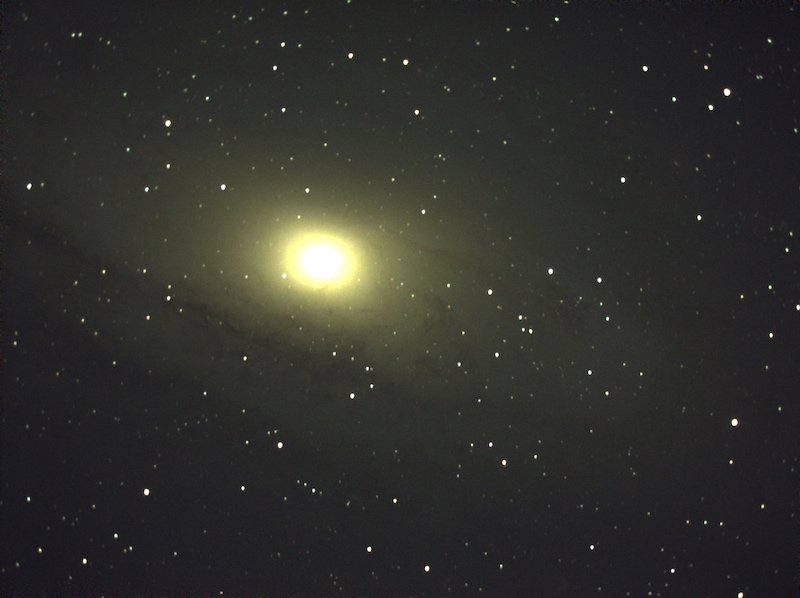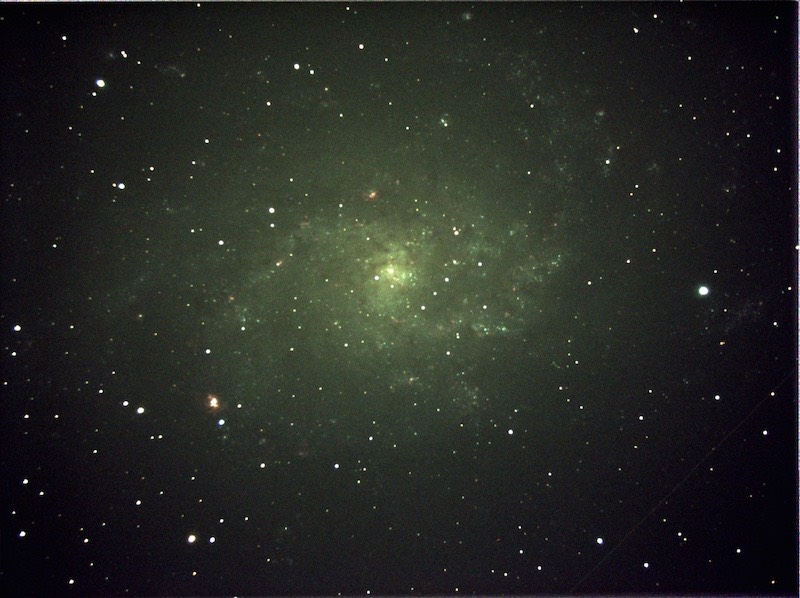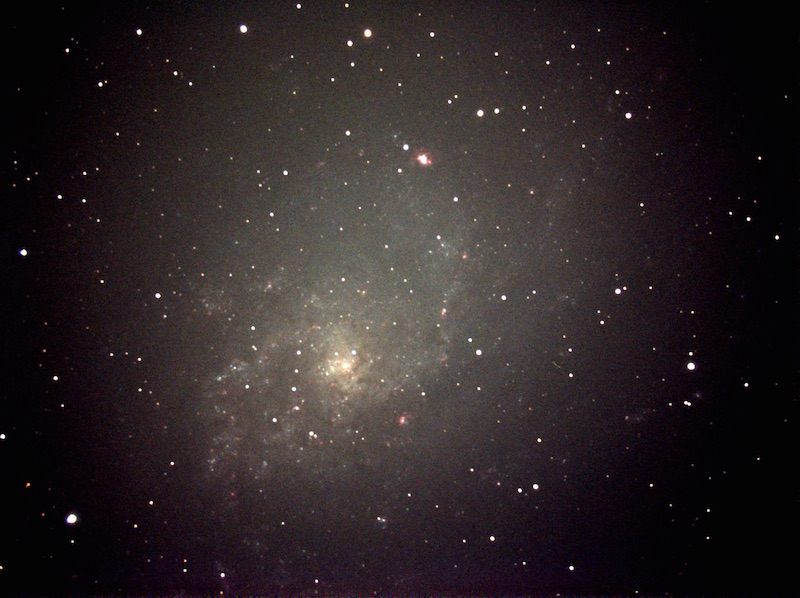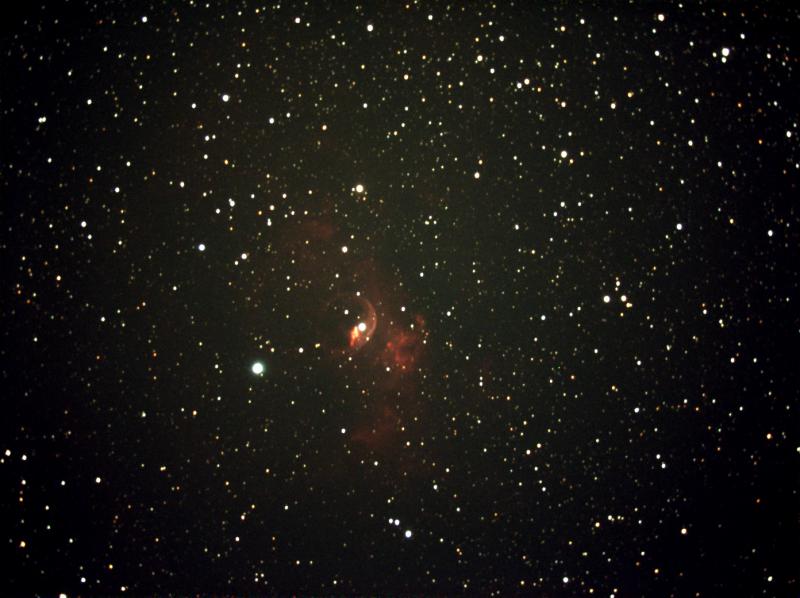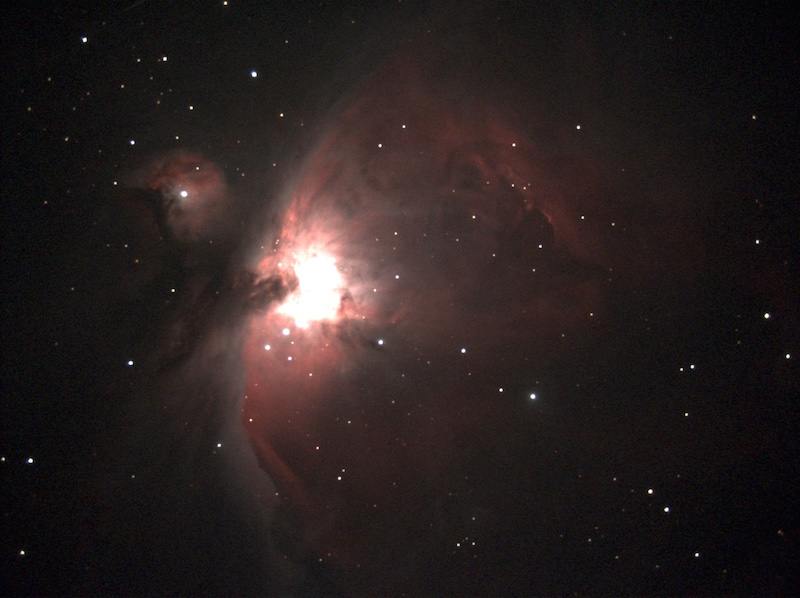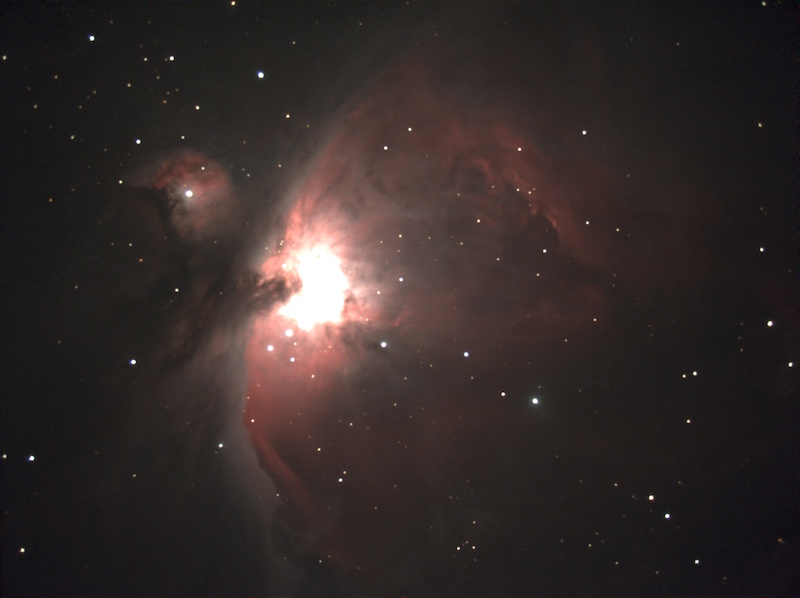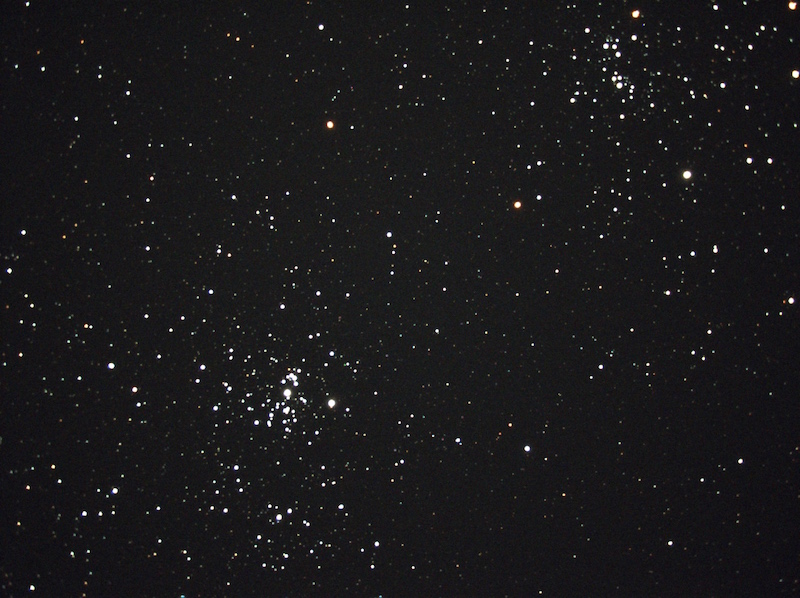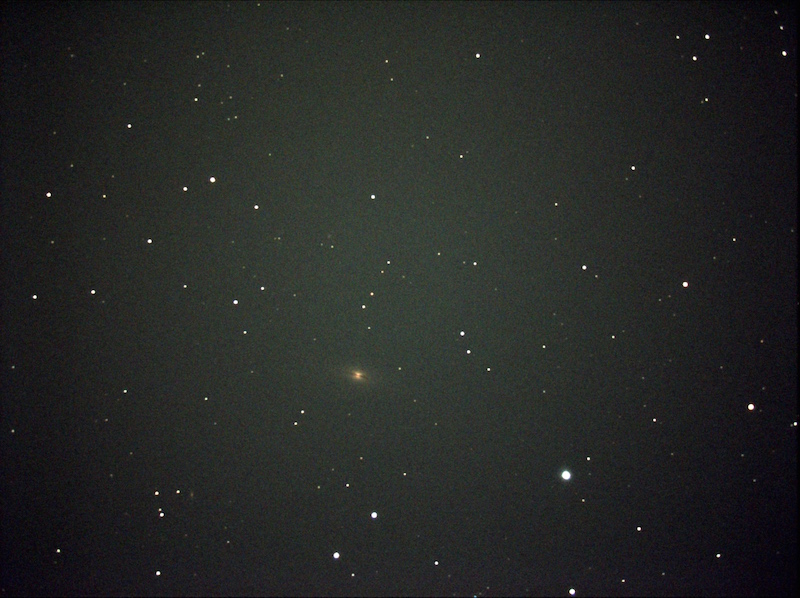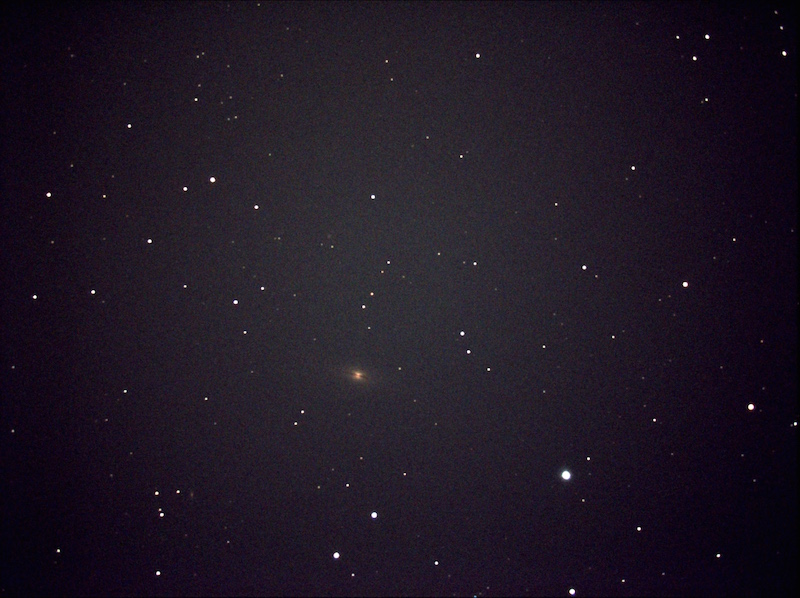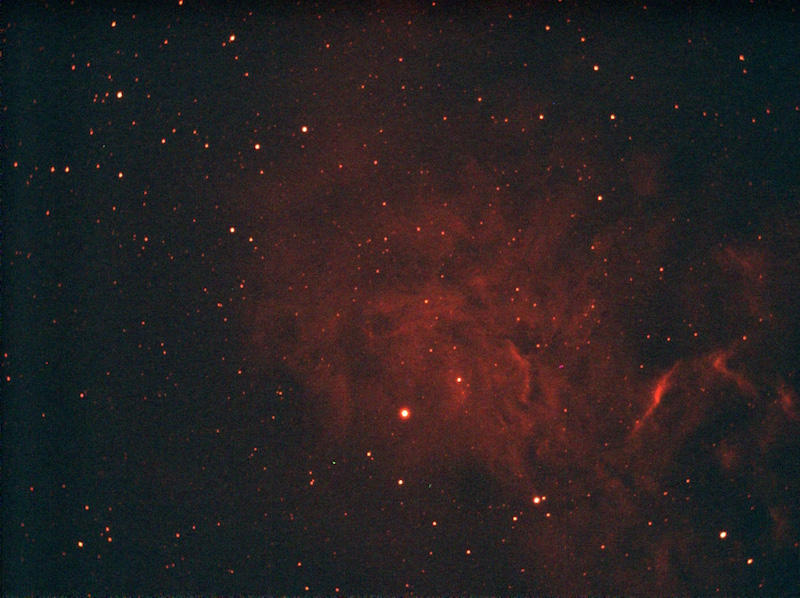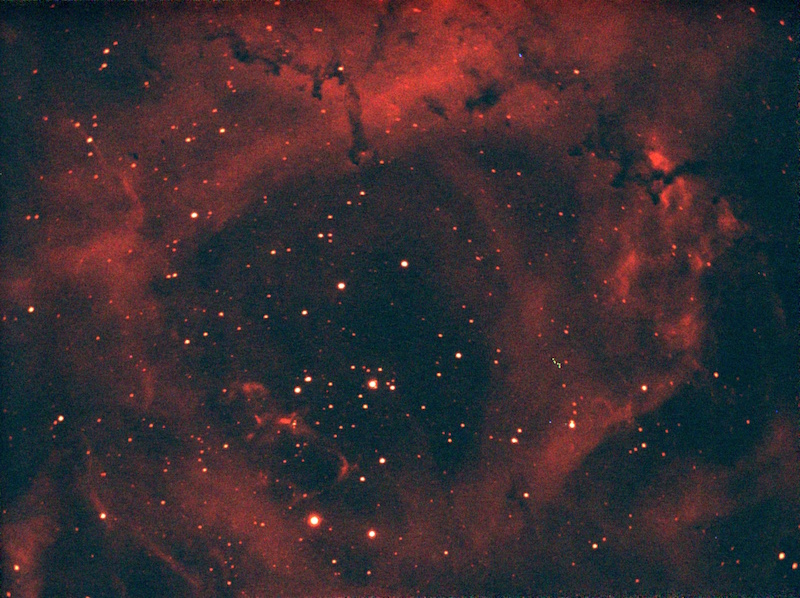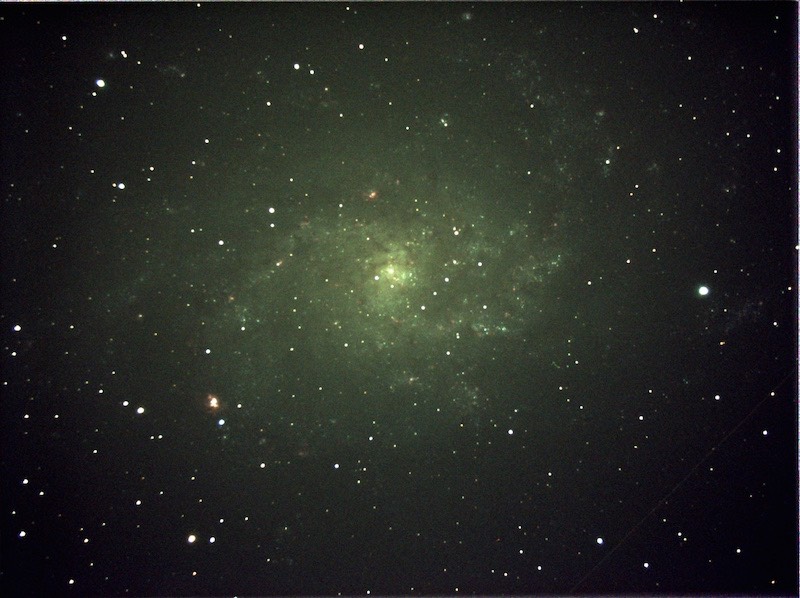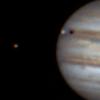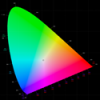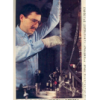Atik Infinity color camera initial impressions
It is a great time to be interested in EEA. We have more integrated solutions than ever before and I hope this is only the beginning.
I have had the opportunity to play around with this camera for a few days. In my view with the Infinity Atik is trying to establish a new product segment which addresses a very real gap/need in the market. I choose to call it “Casual Astrophotography”. There are many of us who want a near real time imaging experience at the scope without sacrificing resolution/quality too much and/or dislike post processing.
This product also addresses a large segment of what we call EAA (I think this distinction is small as these segments are merging). There are many who do EAA and want results that look more like astrophotos rather than faint fuzzies. They are the target market. Others who practice EAA but prioritize speed over other factors will not be satisfied with the performance of this camera. But both these groups can and do overlap. Yours truly being a perfect example. On certain days you cannot pull me away from my mono camera (X2 or Ultrastar) but on other days when I crave color and views of nebulae and star clusters my goto camera is the ASI224 (and in the future potentially the Infinity).
Having done serious and casual imaging for many years I don’t think this camera will replace the high end cooled AP CCDs anytime soon for a number of reasons although there will be some cannibalization as there is a sub segment which prefers more instant results. My guess is that Atik did the math and they realized that the expansion of the user base from this product will more than make up for that (I think it will).
In the next few posts I will share my initial impressions of where the camera succeeds and where it falls short (there are some issues outstanding).
But in summary, I think the Infinity is the first integrated seamless EAA/Imaging user experience which addresses both the inexperienced user as well as an experienced imager looking for a more casual experience. The little details make a big difference and that is very true for the Infinity. Atik has really thought through the design and the hardware and software together deliver a very seamless experience with unparalleled ease of use (i.e. until Paul adds hot pixel removal to Starlight Live : ) ). The software is very stable and the performance is excellent. Unfortunately, you will not get this same user experience with the 414EX until Atik decides to support other cameras with the Infinity Software.
The downside for the group who prefers their EAA with a large dollop of speed is that the camera slower in image acquisition vs. what they are used to. Based on the few nights I spent with the camera, the image acquisition is definitely much slower than the Lodestar X2C and the ASI224 (the 224 being a more appropriate comparison due to the RGB matrix). I have been able to produce better results with the ASI224 with shorter total exposure time but with much more effort. More on this later.
If there is interest I can also try do a live youtube broadcast and take requests on trying out the features of the camera.
Edited by Astrojedi, 28 December 2015 - 05:06 PM.


